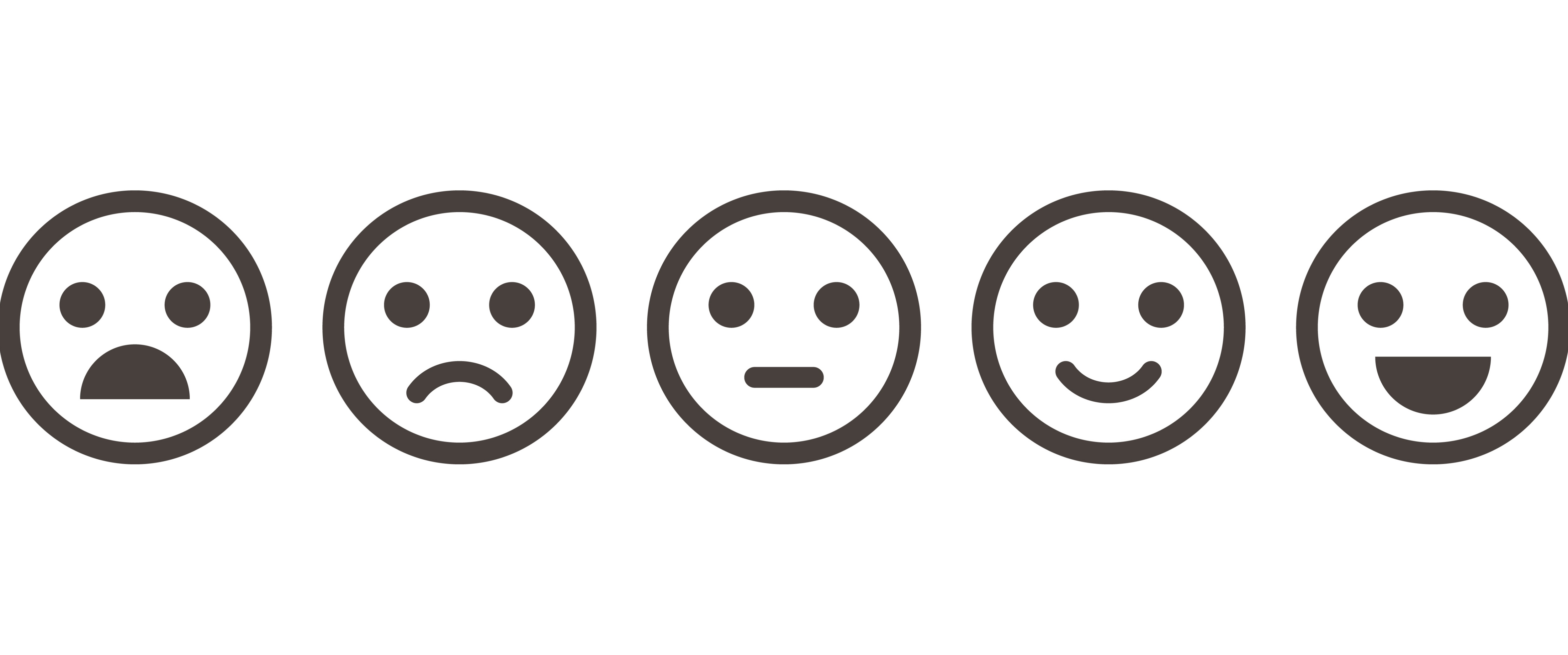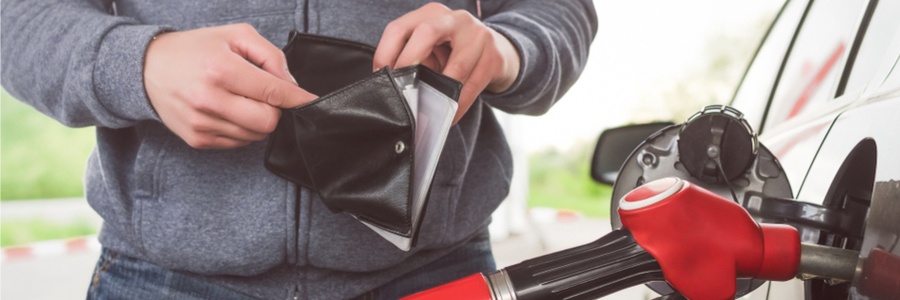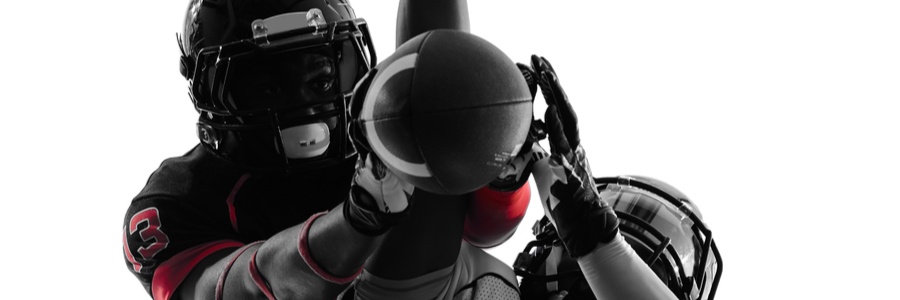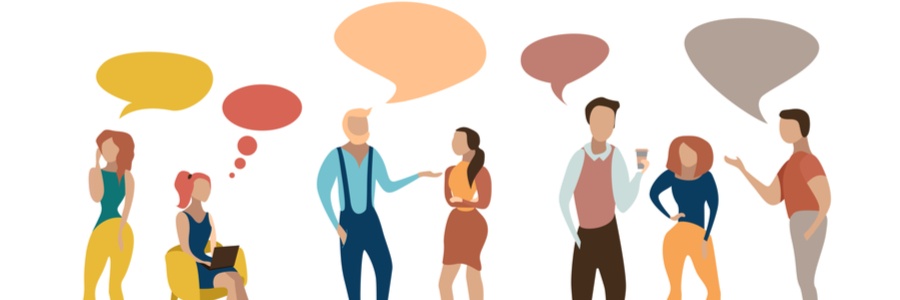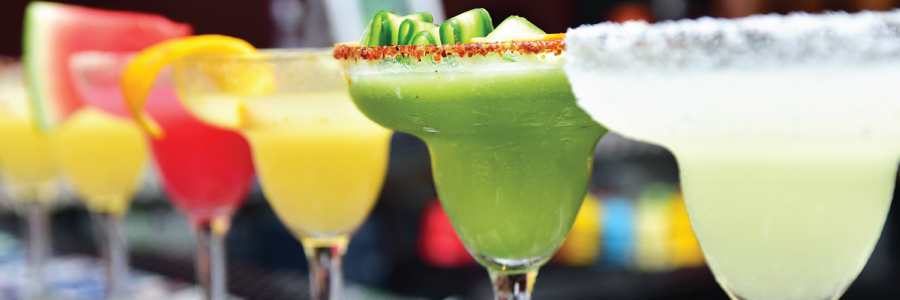
Every consumer insights study should tell a story, and there’s quite a story market researchers could tell about a classic retail competition between two beer, wine and spirits chains that are fighting it out in Florida.
It’s the story of ABC Fine Wine & Spirits, which was founded in 1935 and operates only in the Sunshine State, versus Total Wine & More, which opened its first store in Delaware in 1991 and now operates in 23 states.
Telling this or any other consumer insights story requires the right tools. And the only one that really can do the job for competitive research is Path-2-Purchase® Platform. Created by MFour, it gives marketers and market research pros unprecedented, day-by-day, at-a-glance data on which validated consumers are visiting which retail locations. One of its most important uses is visualizing and understanding how competition in a given business category is playing out among retailers across the United States.
The battle between ABC Fine Wine & Spirits and Total Wine & More is particularly intriguing because of the two companies’ differences.
- One is home-grown and indigenous to Florida, while the other treats Florida as an important market, but only part of a nationwide growth strategy.
- ABC’s stores tend to be smaller, averaging 8,000 to 12,000 square feet and carrying 3,000 wines, 1,000 beers, and 2,900 spirits, according to the company’s website.
- Total Wine & Spirits calls its locations "superstores," typically stocking 8,000 wines, 3,000 spirits, and 2,500 brands of beer. It advises prospective real estate partners that the “optimal” store size is 20,000 to 25,000 square feet.
Users of Path-2-Purchase® can get a quick overview of this and any other retail competition by calling up a visualization of all visits made by real, first-party members of the world's largest all-mobile consumer panel. Depending on your needs, you can look at nationwide totals, or break data down by state or DMA. In an instant you'll see visitation patterns segmented by age, gender, income, education, ethnicity and dozens of other variables.
So how did this summer's battle for alcoholic beverage shoppers go between ABC Fine Wine & Spirits and Total Wine & Spirits? Let's look at the Path-2-Purchase® data.
- ABC had one of its busiest day of the summer on July 4, while at Total Wine it was just another Wednesday.
- Having discovered that data point on Path-2-Purchase®, an interested researcher could have quickly fielded a survey to ABC’s validated July 4 visitors to ask what had brought them in.
- A quick look at the Path-2-Purchase® dashboard shows that over a 90-day period through Sept. 17, ABC drew 61% of the two chains' combined foot traffic, to 39% for Total Wine & More.
- But looking at weekends only (Fridays through Sundays), Total Wine & More raised its share of combined foot traffic to 43%.
Path-2-Purchase® also reveals that something happened in mid-summer that shifted the competitive dynamic.
- From late June through July, the battle for weekend foot traffic was closely fought. ABC accounted for 53% of weekend visits, to 47% for Total Wine.
- But from August through mid-September, ABC gained 7 percentage points, increasing its share of combined visits to 60%, while Total Wine's share slipped to 40%.
Having observed this shift on Path-2-Purchase® Platform, a researcher could target and survey validated store visitors to discover the "why" behind this observed reality. Did ABC Fine Wine & Spirits introduce special discounts that led to the August-September boost in traffic? You'd be able to ask the exact consumers who could tell you the story. For example:
- ABC shoppers who had visited earlier in the summer, but visited more frequently after August 1.
- Total Wine shoppers whose Path-2-Purchase® journeys showed they had switched to ABC.
- ABC customers who hadn't shopped at either store before August 1.
- ABC’s average weekend visitation rose 9% after Aug. 1, while Total Wine’s traffic didn’t budge from earlier in the summer. Again, what had ABC done to boost its performance?
- Because Total Wine saw neither a gain nor a loss during weekends after Aug. 1, was it keeping its customers while ABC grabbed market share from other alcoholic beverage retailers, such as C-stores, groceries, and smaller, independent liquor stores?
- When it came to per-store foot traffic, Total Wine’s “superstore” model gave it an advantage. It attracted slightly more than twice as many visits per store as ABC. But ABC had strength in numbers, with more than three times as many Florida locations as Total Wine.
- For ABC, 55% of visits were from customers with incomes under $50,000, compared to 49% for Total Wine (the 104% visitation total includes brand-agnostics who shopped at both stores – a group you can identify, track and survey with Path-2-Purchase®).
- The most pronounced income differential between the two brands' visitors was among shoppers earning $25,000 to $34,999. ABC received 21% of its visits from that group, compared to 11% for Total Wine.
- Total Wine received 15% of its visits from consumers earning $100,000 or more, compared to 10% for ABC.
- There was little racial/ethnic difference between the two brands' clientele. Whites made up 64% of ABC’s consumers, and 60% for Total Wine. Hispanics accounted for 14% of ABC’s foot traffic, and 18% at Total Wine. And 14% of customers were African American at both retailers.
The thing to remember is that Path-2-Purchase® Platform truly is a platform – a comprehensive, constantly updated database that captures the observed purchasing journeys of a validated, first-party consumer panel. By visualizing journey patterns, some researchers will identify important new consumer segments they may not have been aware of before. Many will design and field surveys that will efficiently capture responses from precisely the consumers they most need to understand. And still others will append observational data from Path-2-Purchase® to existing survey results, providing the context they need to bring their reports and presentations alive with the most compelling storytelling.
For a productive discussion about how Path-2-Purchase® can meet your projects’ specific needs (and perhaps earn you a special, congratulatory champagne toast from your colleagues and stakeholders), just click here. Until then, Salud!

